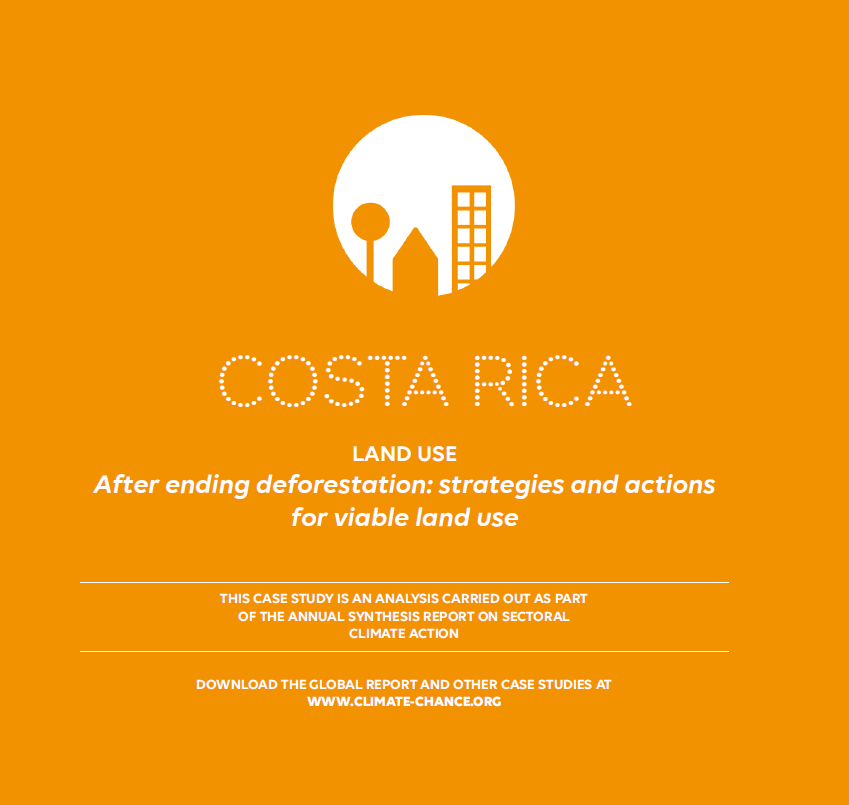Costa Rica • After ending deforestation: strategies and actions for viable land use
The Costa Rican example shows how a national strategy that identifies the needs of its actors can quickly succeed in combating climate change but also in improving the socio-economic situation and the environment of its citizens. However, monitoring of the actions of private and public actors is still lacking.

2020
Costa Rica
German Obando-Vargas • Expert in Monitoring Reporting and Verification of the Programme on Reducing Emissions from Deforestation, REDD+ Costa Rica Secretary’s Office • Mariel Obando-Coronado
Contents
- The inversion of GHG emissions and deforestation in Costa Rica
- The national strategy to conserve forest cover and make agriculture a carbon sink
- Private actors show their skills in the co-management of conservation spaces
- Local governments identified emission sources
- Native peoples and NGOs adapt and implement local projects
Key takeaways
- Between 1997 and 2015, Costa Rica managed to reduce 166 million tonnes of CO2e due to deforestation, and since 2013 land use has become a carbon sink, whereas forest coverage reached again 54% of the country.
- Protected Public Wildlife areas have been the key of the deforestation reversal, even so, Cost Rica implemented financial mechanisms of public/private management (through payments for environmental services) which made the preservation of forest coverage more attractive than agriculture, without any need to buy lands.
- The national strategy consists in converting agriculture and livestock farming into carbon sinks by promoting agroforestry and silvopastoral systems. In parallel with big governmental plans such as REDD+ and Nationally Appropriate Mitigation Actions in key-sectors such as the production of coffee and livestock, FONAFIFO, a public institution, funds little producers of forest properties, guaranteeing the spreading of practices at all levels.
- In Costa Rica, ecotourism turned out to be an efficient strategy of forest conservancy, having being accompanied by an explicit mechanism of conservancy, a local economic benefit and a strict monitoring and applications of environmental regulations.
- Native peoples and especially women, organised in ACOMUITA network, have been proactive in adapting the mechanism of payments for environmental services to the practices and needs of these peoples. NGOs for conservancy carry out their supporting action through specific projects with producers or as intermediary in the implementation of national mechanisms.



